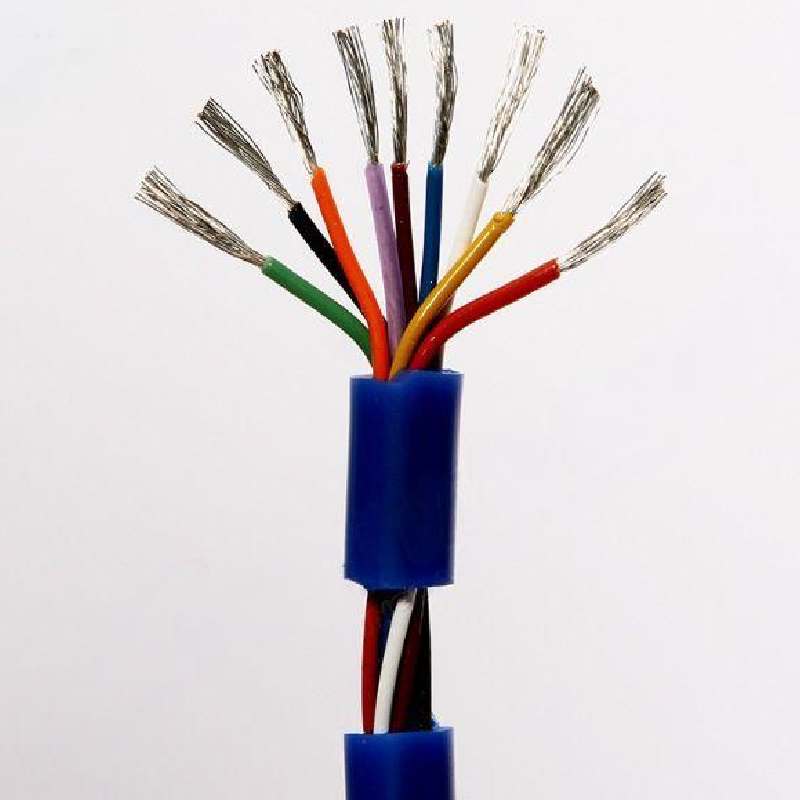Nov . 27, 2024 01:50 Back to list
Bidirectional Knife Gate Valve for Efficient Flow Control and Versatile Applications
Understanding Bidirectional Knife Gate Valves A Comprehensive Overview
In industrial applications, the effective control of fluid flow is crucial for ensuring operational efficiency and safety. One of the pivotal components in achieving this control is the knife gate valve, particularly the bidirectional knife gate valve. This article delves into the design, functionality, applications, and advantages of bidirectional knife gate valves, highlighting their significance in various industries.
What is a Bidirectional Knife Gate Valve?
A bidirectional knife gate valve is a type of valve designed for regulating the flow of liquids, slurries, and gases in both directions. Unlike standard gate valves, the knife gate valve is equipped with a sharp-edged blade that cuts through the medium, making it particularly effective for thick or viscous fluids, solid-liquid mixtures, and applications where minimal turbulence is desired.
The bidirectional feature enables the valve to be installed in either direction without compromising its functionality, thus providing enhanced flexibility in system design. This characteristic makes it suitable for diverse environments where the flow direction can vary.
Design and Components
The design of a bidirectional knife gate valve typically includes several key components - Body Constructed from robust materials such as stainless steel, cast iron, or carbon steel, the body is designed to withstand high pressures and corrosive environments. - Blade The blade is the primary operational component, designed to slice through the medium. Its sharp edge allows for smooth operation and minimal wear over time. - Actuation Mechanism Knife gate valves can be operated manually via a handwheel or automatically through pneumatic or electric actuators, providing versatility based on operational needs. - Sealing System Various sealing materials, such as rubber or PTFE, can be used to ensure a tight seal when the valve is closed, minimizing leakage.
bidirectional knife gate valve

Applications
Bidirectional knife gate valves are utilized across various sectors, including - Water Treatment These valves control the flow of wastewater or sludge in treatment plants, allowing for efficient management of materials. - Pulp and Paper Industry In processes involving thick slurries, knife gate valves effectively manage the flow of fibrous materials. - Mining and Mineral Processing They are used to regulate the flow of slurries and tails in mineral processing plants, accommodating the challenging nature of these materials. - Food and Beverage In sanitary environments, bidirectional knife gate valves can handle viscous fluids without contaminating the product. - Power Generation These valves manage flows in cooling systems and ash handling processes, proving vital for plant efficiency.
Advantages
The popularity of bidirectional knife gate valves can be attributed to several advantages - High Performance The sharp edge design allows for easy cutting through thick solids and sludges with minimal operational resistance. - Low Maintenance With fewer moving parts than traditional valve types, knife gate valves have lower maintenance requirements, thus reducing downtime and costs. - Durability Made from resilient materials, these valves can operate effectively in harsh conditions, prolonging their lifespan. - Versatility The ability to function in either flow direction expands their applicability in various systems.
Conclusion
In conclusion, bidirectional knife gate valves are essential components in fluid control systems across multiple industries. Their unique design and operational capabilities enable efficient handling of challenging materials, making them indispensable in many applications. As industries evolve and the demand for reliable fluid management solutions grows, bidirectional knife gate valves are poised to remain a key player in ensuring seamless operations and enhancing system efficiency. Understanding their functionality and advantages allows engineers and operators to make informed decisions about employing these crucial components in their processes.
Share
-
Reliable Wafer Type Butterfly Valves for Every IndustryNewsJul.25,2025
-
Reliable Flow Control Begins with the Right Ball Check ValveNewsJul.25,2025
-
Precision Flow Control Starts with Quality ValvesNewsJul.25,2025
-
Industrial Flow Control ReliabilityNewsJul.25,2025
-
Engineered for Efficiency Gate Valves That Power Industrial PerformanceNewsJul.25,2025
-
Empowering Infrastructure Through Quality ManufacturingNewsJul.25,2025